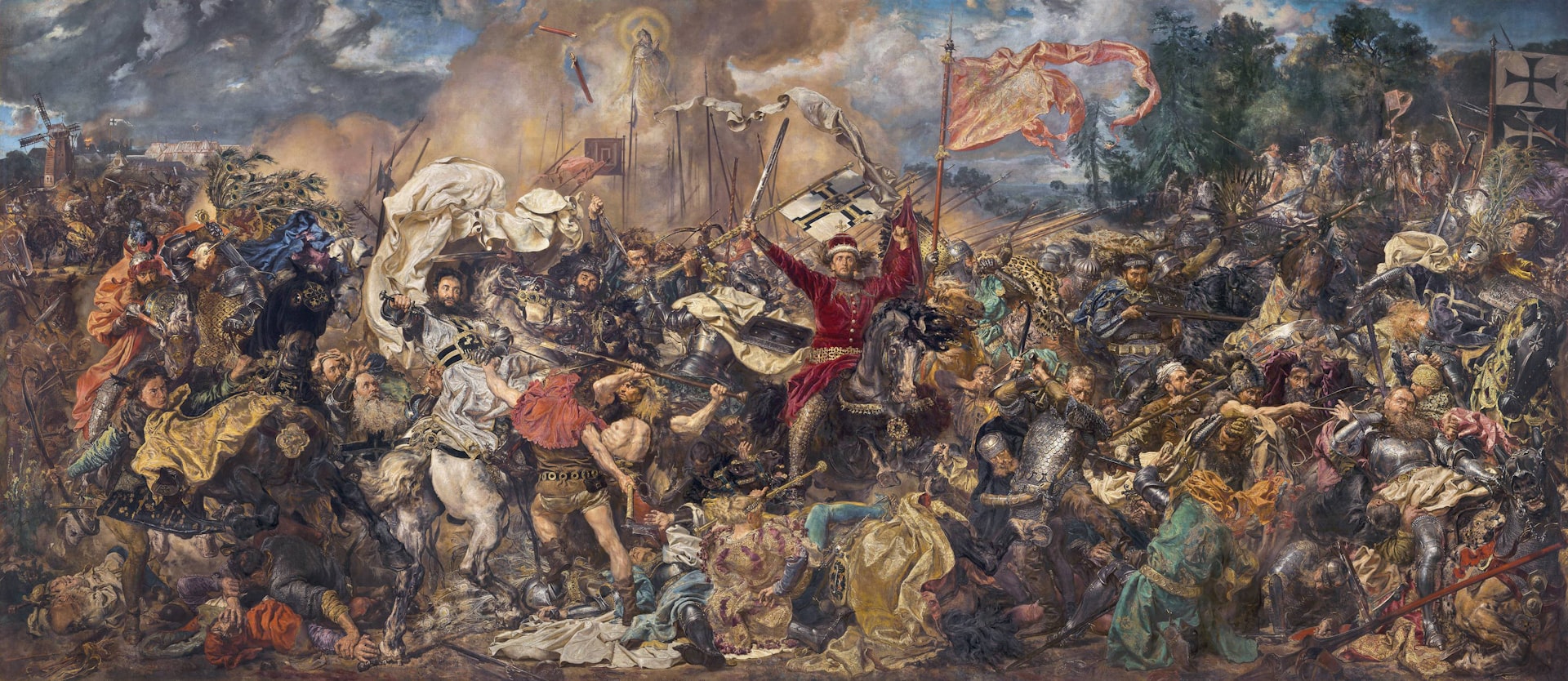Unveiling Forgotten Alliances: Hidden Networks that Shaped Medieval Power

Photo by Karthik B K on Unsplash
Introduction: Beyond Kings and Battles-The Hidden Threads of Medieval Power
Popular narratives of medieval politics often focus on epic battles, famous rivalries, and dynastic marriages. Yet, beneath the surface, a complex web of forgotten alliances determined the fate of kingdoms, cities, and religions. These pacts-sometimes fleeting, sometimes enduring-were driven by survival, ambition, and pragmatism rather than shared values. Understanding these alliances offers fresh insights into the real mechanics of medieval power, the surprising flexibility of political actors, and the roots of modern international relations.
The Nature of Medieval Alliances: Fluidity, Secrecy, and Necessity
Medieval alliances rarely fit the mold of modern treaties. They were often born out of immediate necessity, shifting loyalties, or calculated risk. Many alliances were forged in secrecy, sometimes even between sworn enemies. Examples include temporary coalitions to defend against stronger foes, pragmatic deals between Christian and Muslim rulers, and the use of marriage or trade to cement agreements.
Unlike the rigid alliances of later centuries, medieval pacts were marked by their
fluidity
. Today’s adversary could become tomorrow’s partner, and vice versa. This flexibility made alliances both potent and vulnerable, with betrayals and realignments a constant threat. The very act of forging an alliance, however, could redraw borders and reshape destinies, even if the arrangement was short-lived
[1]
.
Case Study 1: The Frankish-Lombard-Papal Coalition-Birth of the Holy Roman Empire
One of the most consequential yet often overlooked alliances was forged in the eighth century, when the Franks, Lombards, and the papacy joined forces. This unlikely coalition emerged from mutual threats-Byzantine ambitions and regional instability. The alliance was cemented not just by treaties but by strategic marriages and shared military campaigns. When Pepin the Short responded to the Pope’s plea for help, it was more than a military intervention; it laid the foundation for Charlemagne’s later coronation and the emergence of the Holy Roman Empire [1] .
The alliance’s impact was profound: it secured the Papal States, altered the balance of power in Italy, and created a new model for Christian kingship. Yet, as with many medieval pacts, it was fragile and soon dissolved under the pressure of shifting ambitions. Still, its legacy shaped European politics for centuries.
Case Study 2: Christian-Muslim Alliances in Iberia-Pragmatism Over Dogma
Perhaps the most surprising forgotten alliances occurred on the frontiers between Christian and Muslim states, especially on the Iberian Peninsula. Despite religious rhetoric, rulers frequently entered into military and political pacts across faith lines. For example, in the 11th century, Castilian monarchs supported Muslim Taifas against other Christian or Muslim rivals. In 1063, Castilian forces fought alongside the Muslim Taifa of Zaragoza against Aragon, resulting in the death of the Aragonese king [3] .
These alliances were driven by immediate interests-territorial expansion, defense, or tribute payments (parias). They were practical solutions to local problems, reflecting the diversity and complexity of medieval politics. While often temporary, such pacts sometimes led to lasting shifts in regional power and set precedents for cross-cultural negotiation.
To research specific Christian-Muslim alliances in medieval Spain, you can consult academic publications or visit university libraries specializing in medieval Iberian history. Searching terms like “Christian Muslim alliances medieval Iberia” in academic databases will yield detailed case studies.
Case Study 3: Secret Deals-The Templars and the Assassins
Another remarkable example of forgotten alliances involved the Knights Templar and the Order of Assassins (Hashshashin) during the Crusades. Publicly, these groups were fierce enemies-one Christian, the other Muslim. Privately, they engaged in covert cooperation, sharing intelligence and even offering sanctuary when facing common threats. Communication was conducted through secret messengers, hidden codes, and staged encounters, allowing both orders to maintain plausible deniability [1] .
The alliance was not based on trust or friendship but on cold pragmatism. Both sides benefited from the arrangement until changing circumstances rendered the pact obsolete. This example challenges common perceptions of monolithic religious conflict in the Middle Ages and reveals the sophistication of medieval diplomacy.
If you are interested in exploring these secret alliances further, consider researching academic works on the Crusades and medieval espionage. Terms such as “Templar Hashshashin cooperation” or “Crusader Muslim diplomacy” are useful starting points for scholarly research.
Case Study 4: The Swabian League-Collective Security in the Holy Roman Empire
In the late 15th and early 16th centuries, the Swabian League united cities, princes, and knights within the Holy Roman Empire to resist both external threats and internal disorder. This alliance offered security to smaller territories and institutionalized the influence of more powerful members. Its military campaigns in 1499, 1504, and subsequent years made it a dominant force, and its collaborative approach became a model for later leagues [2] .
The Swabian League eventually collapsed due to religious and political changes, yet its structure and ideals persisted. It demonstrated how alliances could provide collective security, stabilize regions, and influence imperial politics far beyond their formal existence.
To learn more about the Swabian League, you can consult university libraries or reputable academic publishers. Searching “Swabian League Holy Roman Empire” in scholarly databases is usually effective.
Practical Steps: Researching and Applying Lessons from Forgotten Alliances
If you wish to explore these alliances further or apply their lessons to modern strategy, consider the following steps:
- Identify Reputable Academic Sources: Use university libraries, academic databases (such as JSTOR or Cambridge Core), and published monographs on medieval history. Search for specific alliances or regions to find detailed analyses.
- Analyze Motivations and Outcomes: Focus on motives behind alliances-shared threats, mutual benefits, or shifting loyalties. Assess how these factors influenced both the formation and dissolution of pacts.
- Compare with Modern Alliances: Draw parallels between medieval and contemporary alliances. Consider how flexibility, secrecy, and pragmatism remain relevant in modern diplomacy and business strategy.
- Engage with Primary Sources: When possible, read translated medieval letters, treaties, and chronicles. Many are available through academic publishers or digital archives.
- Consult Experts: Reach out to university history departments or professional medievalist associations for guidance on specialized research or access to primary source material.
Because centralized online databases for medieval alliances are rare, you may need to combine these approaches. Use search terms such as “forgotten medieval alliances,” “cross-cultural pacts Middle Ages,” or specific case studies like “Swabian League collective security.”
Challenges and Alternative Approaches
Researching forgotten alliances presents several challenges. Many pacts were informal or poorly documented, requiring careful interpretation of fragmentary sources. Political bias, lost records, and subsequent reinterpretations can all obscure historical realities. To address these challenges:
- Cross-reference multiple sources to verify events and motives.
- Be cautious about drawing conclusions from single chronicles or partisan accounts.
- Seek out recent scholarship, as new discoveries and interpretations regularly emerge.
If direct documentation is lacking, consider indirect evidence such as coin finds, changes in trade routes, or shifts in territorial control as indicators of alliance activity.
Key Takeaways: Why Forgotten Alliances Matter
Studying forgotten alliances reveals the adaptability and pragmatism of medieval politics. These pacts often determined the outcome of wars, shaped the identities of kingdoms, and even laid the groundwork for future states. Their legacies linger in modern concepts of collective security, cross-cultural negotiation, and flexible partnership.
Whether you are a historian, strategist, or simply curious about the past, examining these hidden networks enriches your understanding of how power is truly exercised and sustained. For those seeking deeper insights, academic research and direct engagement with primary sources remain the most reliable pathways.

Photo by Jan Zikán on Unsplash



